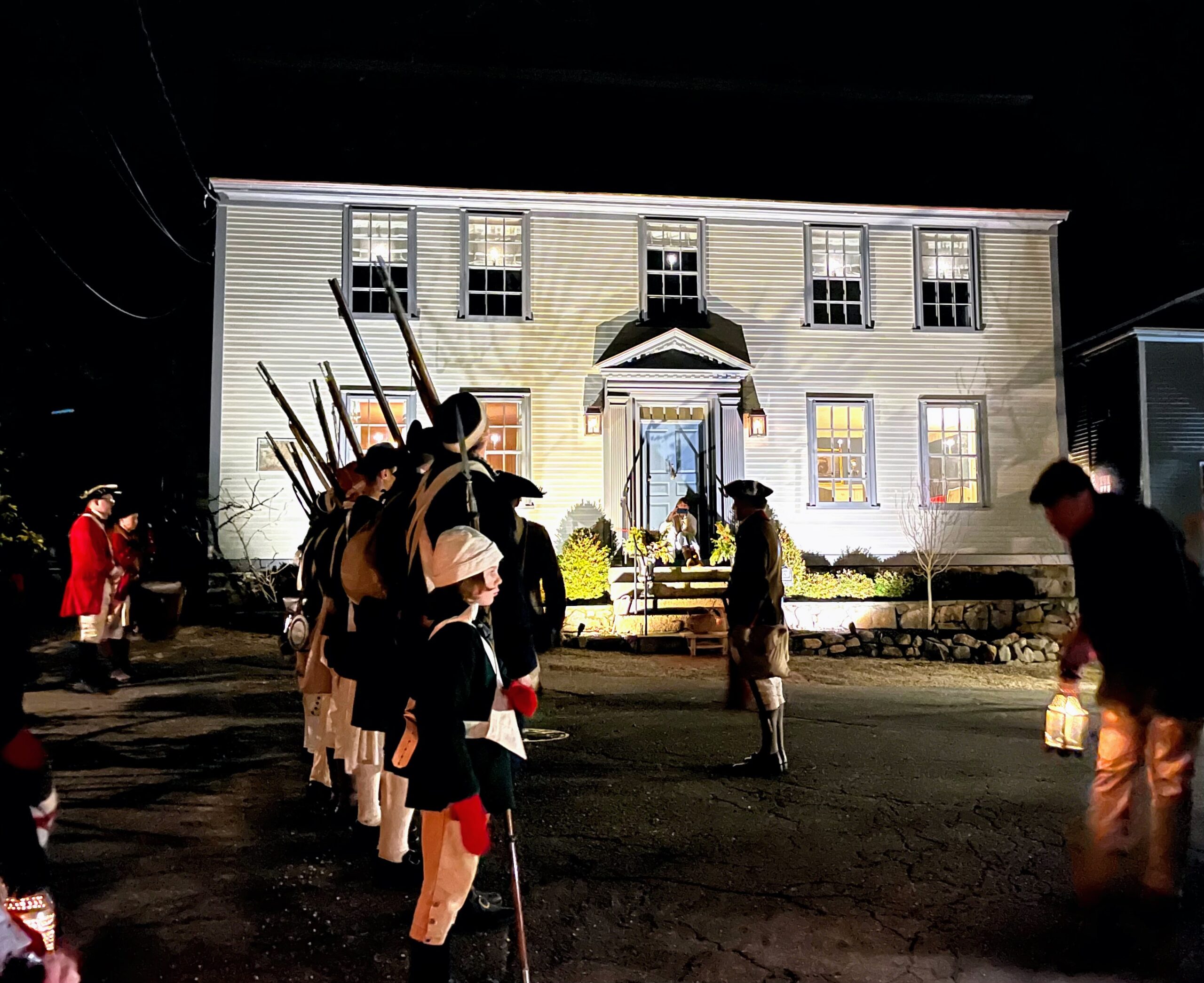Help the Marblehead Museum plan its next exhibit! The museum is in the process of designing the inaugural exhibit in its new building, the Jeremiah Lee Kitchen and Slave Quarters, 157 Washington St. Help us by trying out an exhibit activity we’re calling “Be A History Detective.” What can you learn about Caesar Glover, a Revolutionary War soldier and formerly enslaved man, from examining original records? Stop by for about five minutes and help us prototype this interactive exhibit element. For more information on the Marblehead Museum, visit its website at marbleheadmuseum.org.
Five Glover Houses in Marblehead
Presented by Judy Anderson of Marblehead Architecture Heritage
Monday, March 18, 6:30 – 8 p.m.
Program Room, Abbot Public Library at Eveleth School and online via Zoom
Registration required to attend in person or via Zoom. Please register at tinyurl.com/5-Glover-houses
Dive into Marblehead’s architectural heritage through a talk about five Glover family homes from the mid-1700s, with photos, beginning with Gen. John Glover’s handsome Georgian-style home located on today’s Glover Square, near the public Town Landing on Front Street. Glover’s heroism in the American Revolution is well known. But this talk will feature stories about the homes, lives, and families of Gen. Glover and his three brothers. Registration is required to attend in person or via Zoom – please register at tinyurl.com/5-Glover-houses.
Gen. Glover’s home is one of Marblehead’s most significant houses, among nearly 300 homes that still survive from the 1700s, before the American Revolution began in 1775. Its elegant front doorway frame also makes it among the most stylish, since only about a half dozen from that time remain that were not updated or remodeled as styles changed. Unlike most homes from the 1700s, the Glover house also retains much of its original interior woodwork craftsmanship. In addition, one of its two front rooms has finely carved woodwork in the Federal or neoclassical style, from the decades before the War of 1812.
In 1781, toward the end of Gen. Glover’s retirement from nearly seven years of grueling service in the Revolution, he purchased a farmhouse that is now located on a uniquely shared historic site in Swampscott, Marblehead, and Salem. The house is thought to have been built in the 1750s in what was then Salem, though new evidence suggests it may have been built as early as 1732, the year Glover was born.
Over the 15 years before Gen. Glover’s death in 1797, he would serve in elected offices on the local, regional, and state level, including as a Marblehead selectman, a Massachusetts state legislator, and on state committees that ratified the U.S. Constitution and oversaw land distribution in northern New England.
Judy Anderson is a social and cultural historian with a focus on architecture, daily life, and women’s and family history. She was curator of Marblehead’s outstanding Jeremiah Lee Mansion for a decade and worked with it for 16 years.
For additional information, please visit www.abbotlibrary.org, email mar@noblenet.org or call 781-631- 1481.

